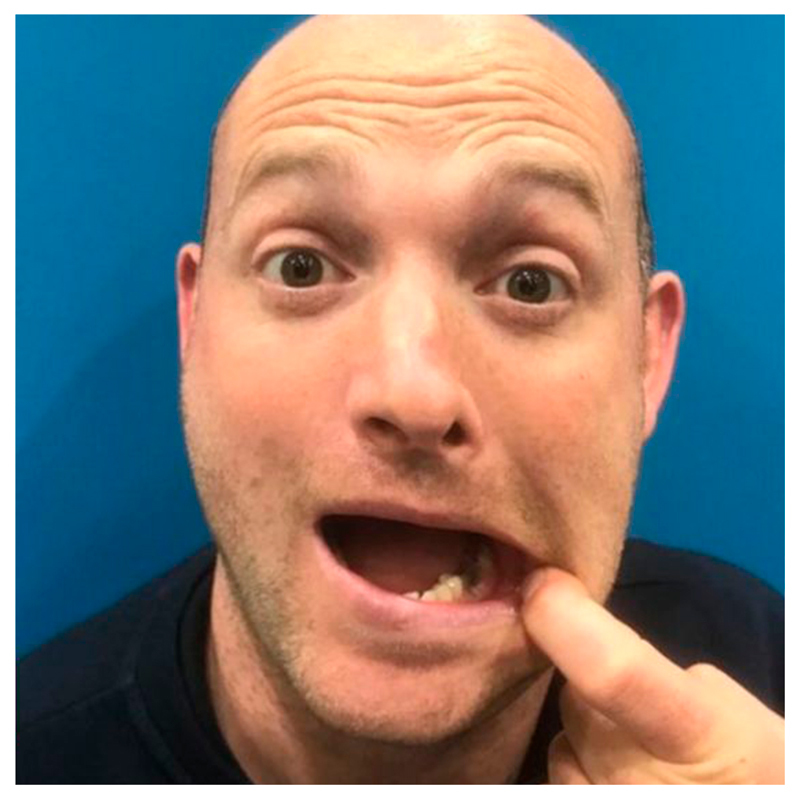Pulling teeth out can be either a relief or a nightmare. As adults, many of us don’t really worry about how to pull out a tooth until we need it.
Pain and discomfort can make us act impulsively, whether you’re trying to help your child out to pull out a baby tooth or whether you’re trying to pull out your own.
So if you find yourself thinking about the right way to pull out teeth, you’ve come to the right place. Let’s see the differences and implications of extracting teeth at home for both cases.
How to Pull Out a Baby Tooth
If your child asks you to pull their tooth for them, you first need to ask them if they feel any discomfort. This will help you know what materials you’ll need to get hands-on. First things first, make sure you run to the pharmacy and get:
- An oral analgesic
- Floss
- A sterile gauze
- Tweezers
- A crunchy snack
To begin, properly cleanse your hands. Hold the tooth in your hand and move it back and forth to see whether it’s ready to fall out. You can use sterile gauze to grab the tooth for more protection.
If you can tell for sure that the tooth is ready to fall out from the movements, all you have to do is twist it gently, and it should pop out.
However, if you find that your child has some discomfort that makes them a little nervous, make sure to numb the area with the oral analgesic; they’ll feel little to no pain and make it more easy going for them.
When you extract baby teeth, these shouldn’t bleed much, but the gauze pad will come in handy if it does. Just apply firm pressure to the area with a clean gauze pad. Don’t forget to check there are no remnants of the baby tooth in their mouth.
In case there are any, or if your child is suffering discomfort or redness that won’t go away, make an appointment with your dentist straight away to ensure they didn’t develop an infection.
Although teeth might be fun and thrilling to have a loose tooth for children, it is typically advisable to wait until the teeth are ready to fall out on their own before removing them. If you’re not sure when your child’s tooth should fall out, don’t hesitate to consult a dentist.
How to Pull Out an Adult Tooth
There are no fun ways to pull out a tooth, unlike baby teeth. While It’s not uncommon to have an adult tooth extracted, it’s just better if you save yourself the hassle and just have it done by a dentist with professional tools.
Some of the reasons why you might need an extraction as an adult tooth
include:
- removing wisdom teeth to avoid pain
- pressure
- decay
- crowding of other teeth significant decay, cavities,
- infection crowding of adult teeth that braces alone can’t solve
You see, permanent teeth are more complicated. Gums, nerves, and blood arteries surround adult teeth, which are strongly rooted in the jaw. Self-pulling teeth can result in irreversible damage or the loss of a portion of the tooth.
This can be even more dangerous if you’re trying to pull out a tooth that isn’t loose. Cavities, Infection, and face collapse can all result from this. Your dentist can also use special devices and treatments to stabilize the tooth or save it from decay or Infection.
If you don’t have the right equipment, pulling a damaged tooth at home can be dangerous. There’s too much risk of other pieces falling off and injuring the gums, bone, or other regions.
Dentists do not just grab damaged teeth with pliers when extracting them, particularly those that have broken off at the root. Instead, they employ specific tools (called elevators) created for this purpose.
If you truly want to know how this type of extraction is done, watch the video below. You’ll discover that it’s not something you can do with the instruments you have at home.
What Are the Risks of Pulling Out Teeth at Home?
As dentists, it’s our job to help you keep your teeth as safe as possible by telling you the good and the ugly. You must remember that Infection is perhaps the most serious risk associated with tooth extraction.
Even with children’s teeth, you should instruct them to keep their hands out of their mouths while the socket heals to avoid introducing hazardous bacteria.
Adults should follow the same rule: keep your hands out of your mouth! If you’re going to try to extract a tooth without the help of a dentist (which in case it wasn’t very clear: you shouldn’t), use gloves and fully sterilize everything before and after the surgery.
The following are some of the other dangers of attempting a tooth extraction at home:
- causing damage to the surrounding teeth by knocking them out with non-dental tools
- If your hand slides, it might cause damage to other parts of your mouth.
- Breaking or shattering the tooth at the roots makes things much more difficult.
- Improper extraction technique causes damage to the jawbone.
- Permanent nerve injury
Contact your regular dental clinic if you have a damaged tooth, severe dental pain, or any other problem that requires immediate attention.
You should be able to get an emergency appointment with them. Remember to contact Dr. Serena Kurt, a San Diego dentist who accepts emergency cases and is always willing to assist.






